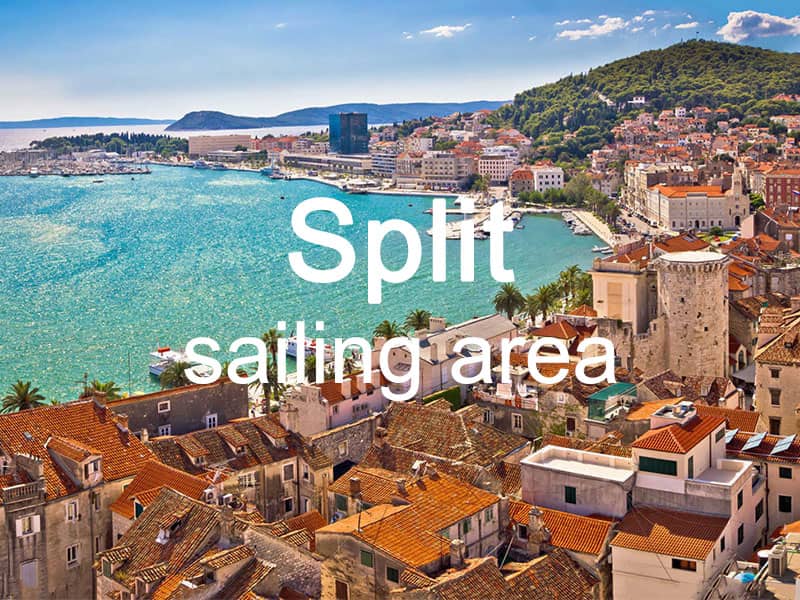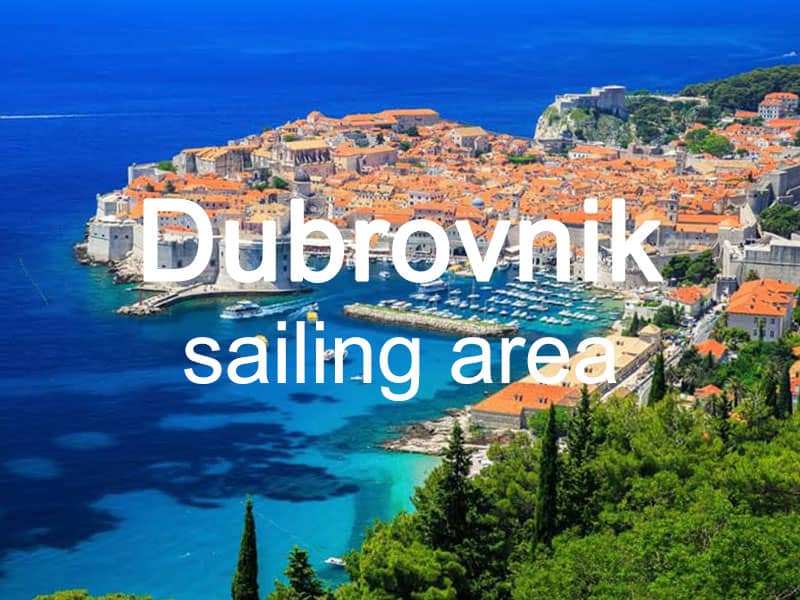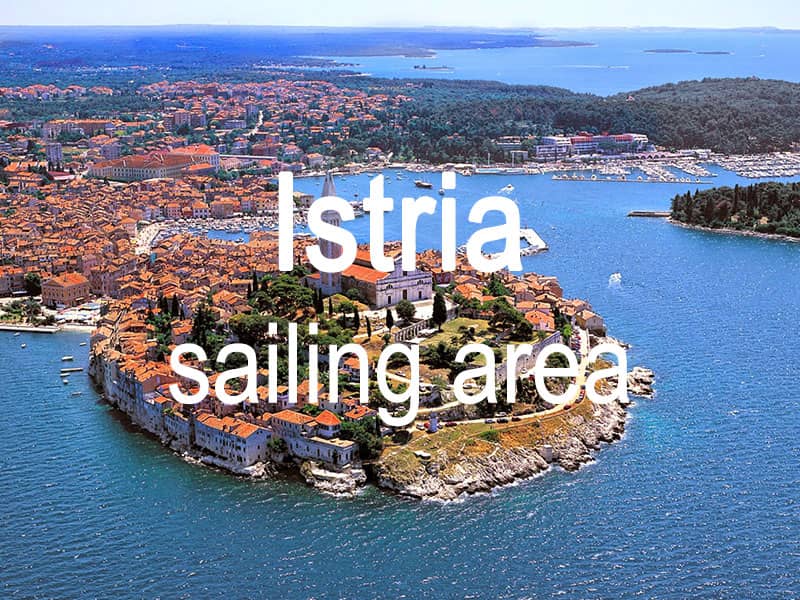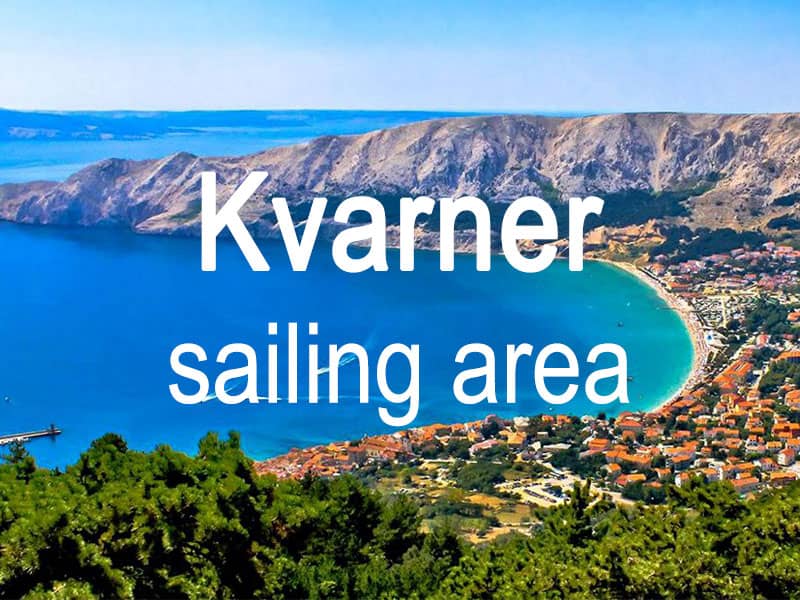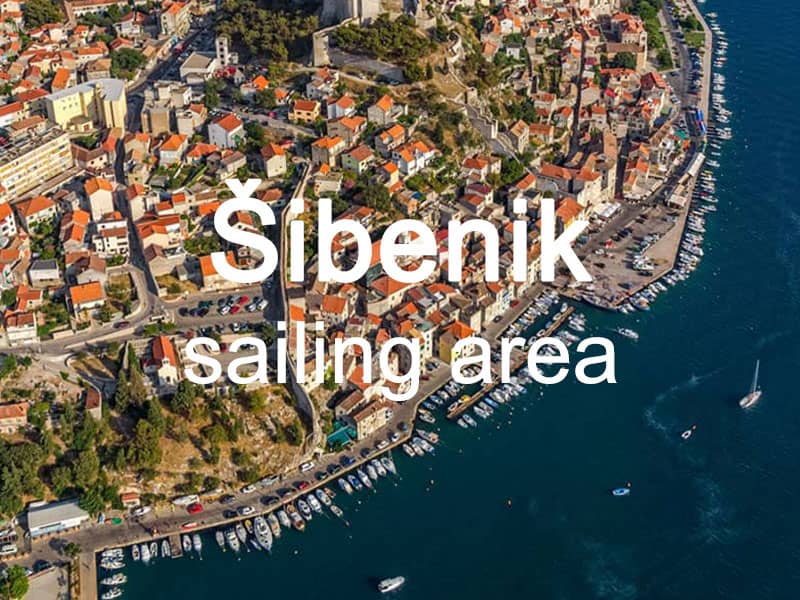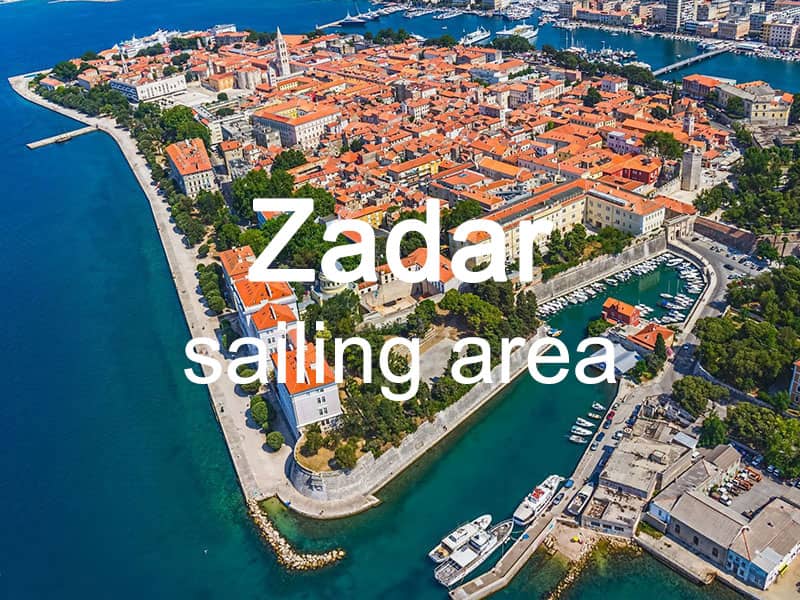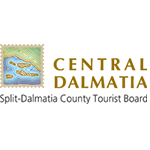Croatia: The Ultimate Yacht Charter Destinations
Exploring the Beauty of Croatia by Sea
Croatia is a beautiful country on the Adriatic Sea that is becoming more and more known as one of the best places in the world to rent a boat. Its beautiful shoreline, which is full of islands, makes floating there an unforgettable experience.
Why Should You Rent a Yacht in Croatia?
A Wide Range of Sailing Areas
With more than 1,000 islands and a shoreline that goes on for over 1,800 kilometres, Croatia is a great place to go fishing. There is something for everyone in Croatia, from quiet beaches to busy towns.
Why Croatian history and culture are so interesting
If you rent a yacht charter in Croatia, you can enjoy more than just the water. You can also learn about the country’s past and culture. There are historic towns, old sites, and a unique food scene to discover.
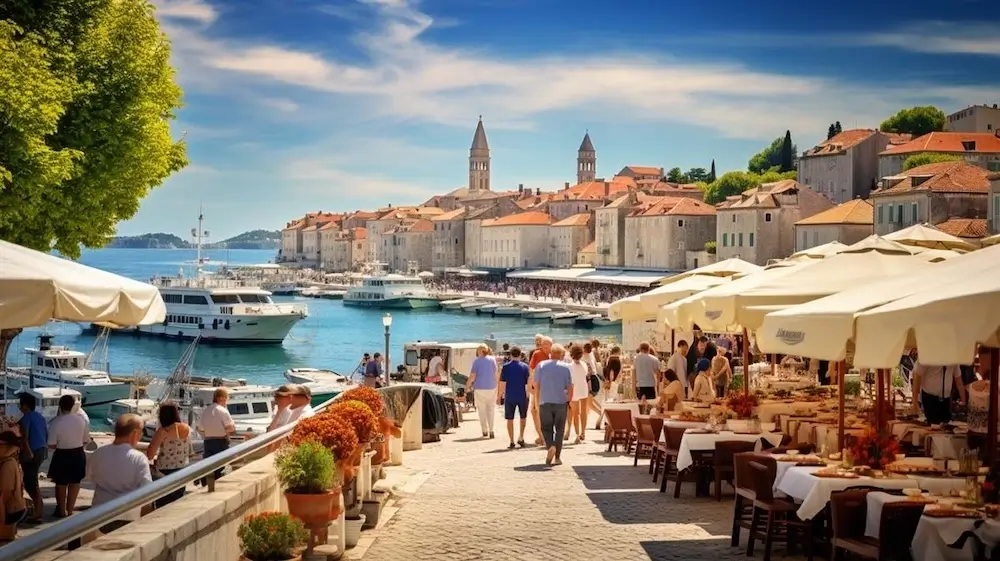
The Best Conditions for Sailing
Beautiful weather for sailing
Croatia has a mostly mild Mediterranean temperature that is great for sailing. In the summer, it’s usually warm and sunny, and there’s a steady breeze that makes it great for sailing.
The best times to sail
To sail in Croatia, the best months are from May to September. These months have the best weather, with long days and just the right amount of wind.
Seeing Croatia’s Well-Known Sailing Areas
The coast of Dalmatia is a great place for sailors.
People love the Dalmatian Coast because it has clear water, beautiful islands like Hvar and Korčula, and old towns like Dubrovnik and Split. Every place has its own special charm and personality.
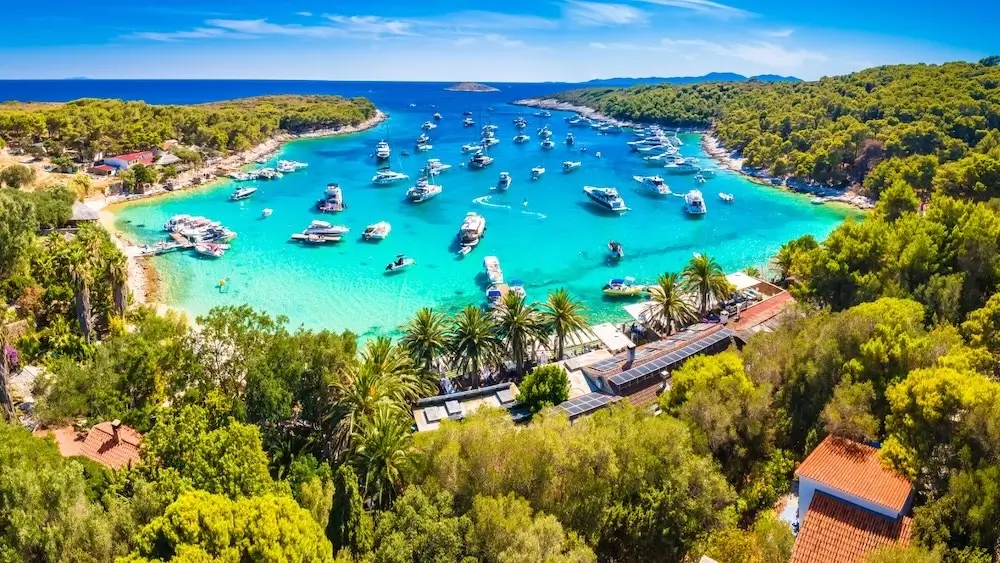
What a Mix of Cultures on the Istrian Peninsula
Istria has a different taste because it is known for having Italian effects. This area is a must-see because it has beautiful places like Rovinj and Pula and great food and wine.
How to Pick the Right Yacht for Your Trip to Croatia
Different kinds of yachts
There are many types of boats in Croatia, from sleek motor yachts to roomy catamarans, so you can find one that fits your needs. Catamaran charters are very popular because they are stable and have lots of room, making them perfect for families or groups.
Tailor-made experiences
There are a lot of boat rental companies in Croatia that can make your trip unique. Whether you want a luxury yacht with a crew or a bareboat rental, you can find something that fits your tastes and level of experience.
Croatia is a great place to rent a boat because it has a lot of different sailing areas, great weather, and a wide range of yachts available for rent. Croatia is a great place for sailors because it has beautiful nature, a lot of history, and a temperature that is good for sailing.
Putting together the ideal Croatian yacht charter schedule
Making your trip across the Adriatic fit your needs
To get the most out of your boat rental experience in Croatia, you should carefully plan your schedule. Croatia has a lot to offer, whether you’re looking for peaceful natural beauty, interesting history, or a lively nightlife.
Looking for Hidden Gems: The Lesser-Known Islands
Going Beyond the Well-Traveled Path
Popular islands like Hvar and Brač are must-sees, but Croatia’s less well-known islands, like Vis and Lastovo, have their own special charms. These secret gems give you a look into real island life in Croatia.
Hidden Places to Get the Most Privacy
If you’re looking for peace and quiet, the islands of Kornati National Park or the Elaphiti Islands have hidden coves and pristine natural beauty that are great for private anchorages and quiet times.
Looking into history and culture
How Rich Croatian Heritage Is
Along Croatia’s coast, there are many old towns and historical places. The area has a lot of history, as shown by the UNESCO World Heritage city of Dubrovnik, the Roman ruins in Split, and the Venetian castles in Trogir.
Fully Immersive Cultural Experiences
Take part in events, go to traditional markets, and enjoy the lively nightlife. Each town and island has its own culture to offer, which will make your sailing trip more interesting.
Gastronomic Delights: Enjoying Croatian Food
Fresh seafood and wines from the area
The fresh seafood and great wines of Croatia are some of the best parts of any boat rental. Try meals like grilled fish, black risotto, and truffles at nearby taverns or on board.
Tips for Going Out to Eat
Find the best island restaurants and taverns on the islands to get a real taste of Croatian food. There are restaurants in Croatia that serve both high-class and simple food.
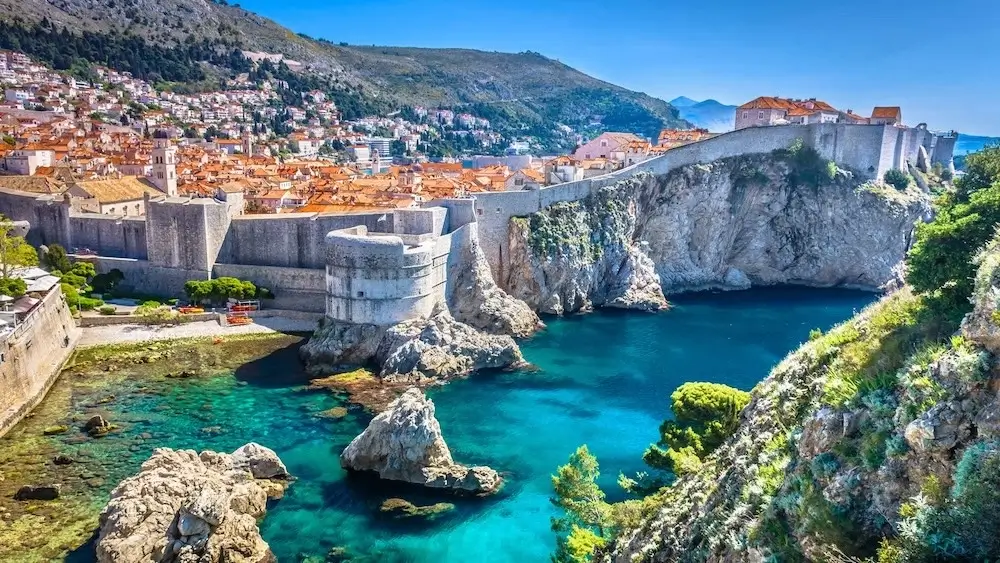
Adventure and Leisure Activities
Water Sports and Fun
Croatia’s clear waters are ideal for water sports like snorkeling, diving, and paddleboarding. Many yacht charters offer equipment for these activities, adding an element of adventure to your trip.
Relaxing Onboard and Onshore
Balance your adventure with relaxation. Enjoy sunbathing on the yacht’s deck, indulge in onboard spa services, or unwind on the picturesque beaches of the Croatian coast.
Sustainable Yachting Practices
Eco-Conscious Sailing
As a sailing destination, Croatia is committed to preserving its natural beauty. Practice responsible yachting by respecting marine life, minimizing waste, and following eco-friendly practices during your charter.
From exploring off-the-beaten-path islands to indulging in local culture and cuisine, and balancing adventure with relaxation, your Croatian sailing trip promises to be a multifaceted and memorable adventure. The final section will guide you through the practical aspects of yacht chartering in Croatia, including booking tips, safety measures, and how to make the most of your Croatian sailing experience.

Finishing Up Your Croatian Yacht Charter: Useful Advice and Hints
Booking and getting ready: Making sure the trip goes smoothly
How to Pick the Best Charter Company
Choose an honest cruise company that fits your wants. Look for companies that have good customer service, a lot of different yachts, and good reviews. Companies like Catamaran Croatia Charter have large boats and offer personalised service to make sure that each customer has a unique experience.
Benefits of Booking Early
If you want to sail during the busy season, you should book your boat hire well in advance. When you book early, you can often get better deals and a bigger range of yachts.
What You Need to Bring on a Yachting Trip
Personal Items and Boat Gear
Don’t forget to bring the most important nautical gear, like shorts, windbreakers, and shoes that won’t slip. Personal things like sunscreen, hats, sunglasses, and any medicines you need should also be included.
Things Tech and Fun
Bring cameras, glasses, and things to do for fun, like music, books, or games. Make sure that your electronics are protected against water.
Safety Measures: Feeling Safe While Navigating
Getting to know yacht safety
Safety is the most important thing. Once you’re on board, get to know the yacht’s safety gear and processes. Make sure that everyone in your group knows how to stay safe on board.
nsurance for health and travel
You might want to get trip insurance that covers events on a yacht. Make sure that medical care is included and that there are no special rules about sailing or water sports.
Putting together the perfect sailing itinerary
Making Your Route Unique
Make a plan that includes the things you want to do. Croatia yacht charters give you the freedom to plan your own itinerary, whether you want to learn about history, enjoy nature, or try new foods. There should be a mix of famous spots and quiet places to make the experience more complete.
Taking into account the length and speed
Choose how long you want your sailing trip to last. A normal tour lasts for a week, which is plenty of time to visit a number of islands and sights without feeling rushed.
Looking at Onshore Attractions
Getting to Know Croatian Culture
Take some time to see the sights on land. To fully experience Croatian culture, you should see old towns, walk through ruins, and take part in local customs.
Eating and cooking experiences
Enjoy Croatia’s food by eating at restaurants that come highly recommended or at places that are popular with locals. For a full culture experience, eat fresh fish, local wines, and traditional Croatian meals.
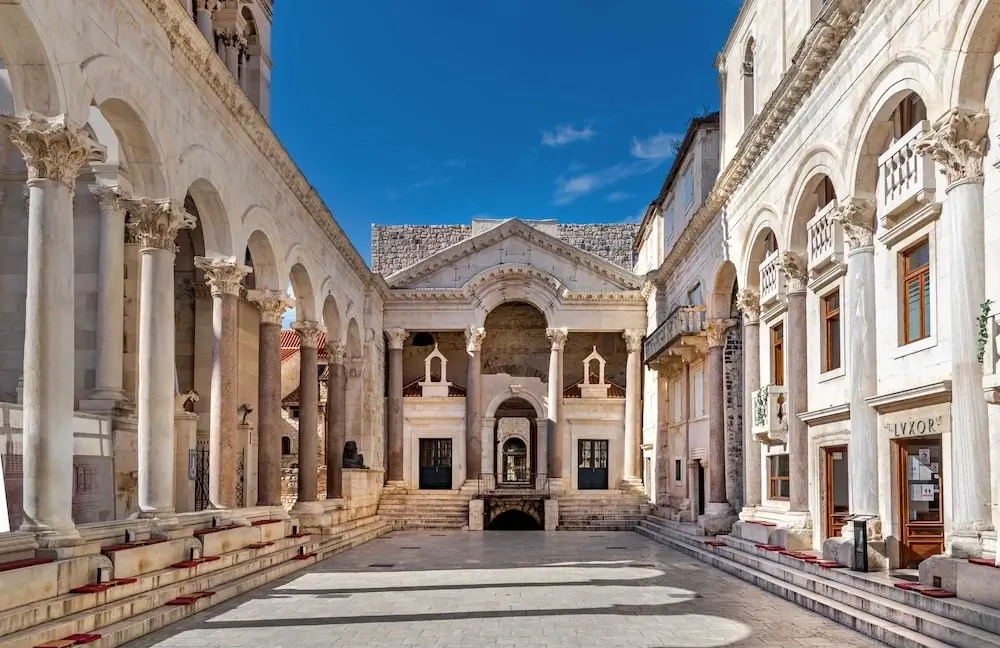
Sustainable and Careful Sailing
Taking care of the ocean environment
Respect animals, don’t damage seabeds with your anchor, and leave as little of an impact on the environment as possible when you sail. In this way, Croatia’s pure marine nature is protected.
Helping out local economies
Get involved with companies and groups in your area. To help the local economy, buy things at local shops, hire local guides, and eat at family-owned places.
In conclusion
This sailing vacation in Croatia will be one you’ll never forget. It will be full of fun, culture, and rest. If you carefully choose your yacht rental, pack properly, put safety first, plan a varied schedule, and use environmentally friendly methods, you can be sure of a trip that is both fun and responsible. The beautiful beaches and islands of Croatia are waiting to give you a one-of-a-kind sailing trip you’ll never forget.



